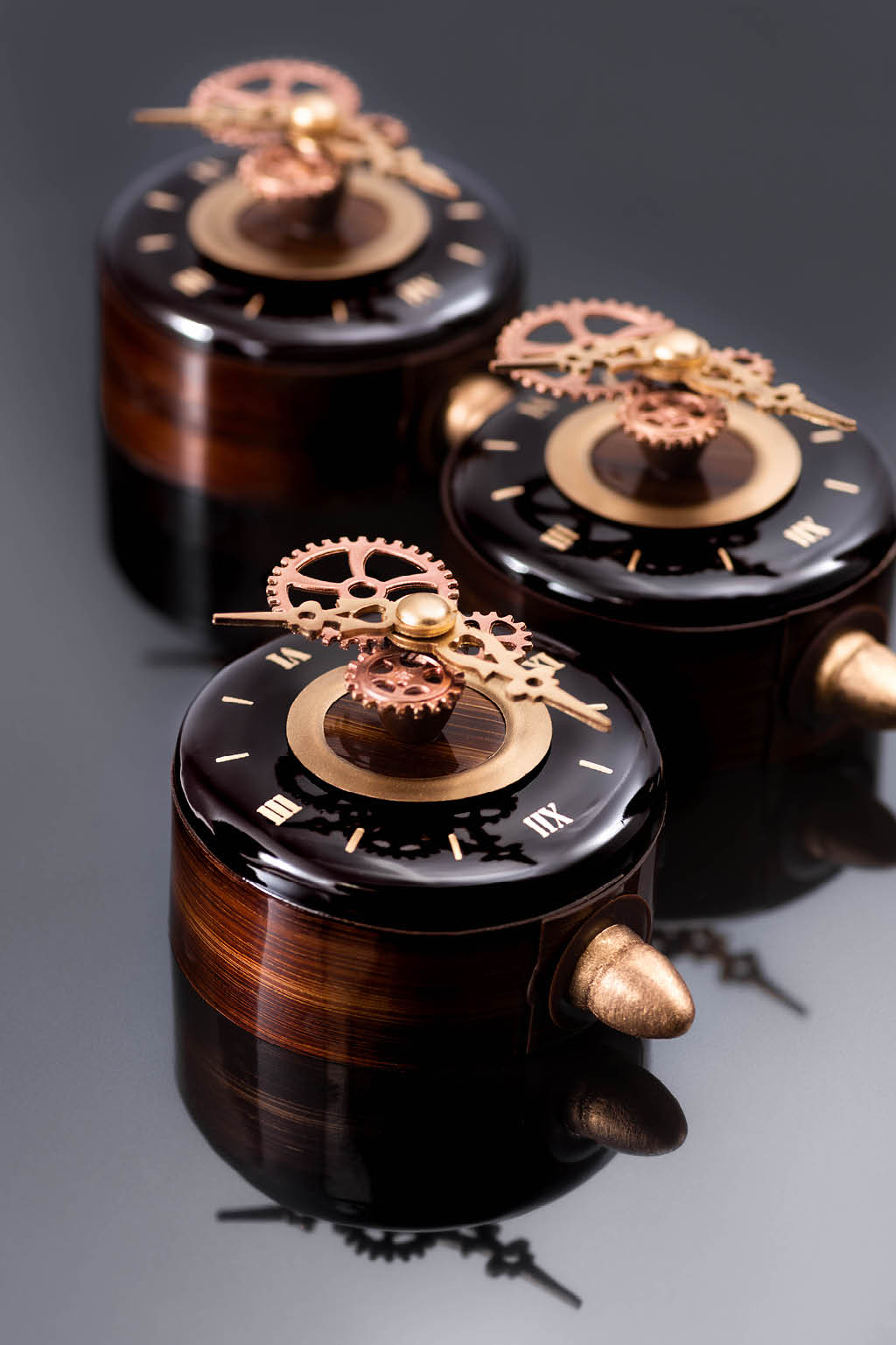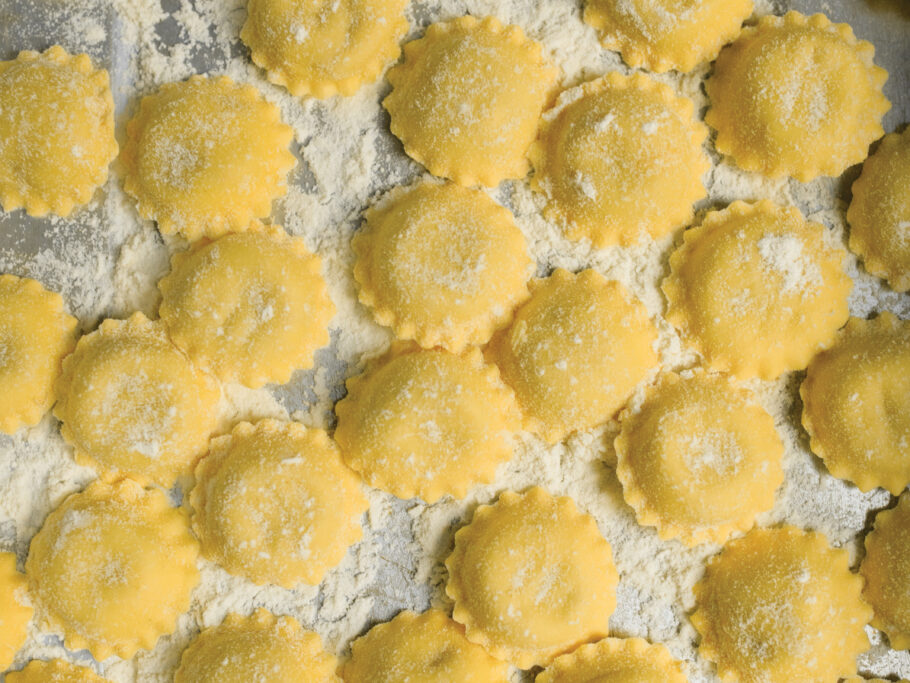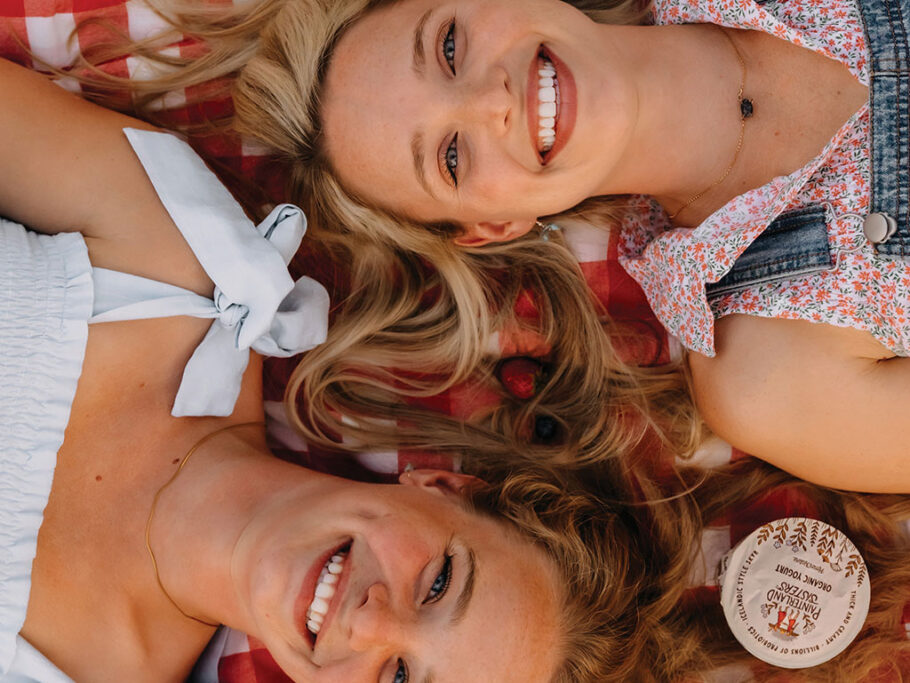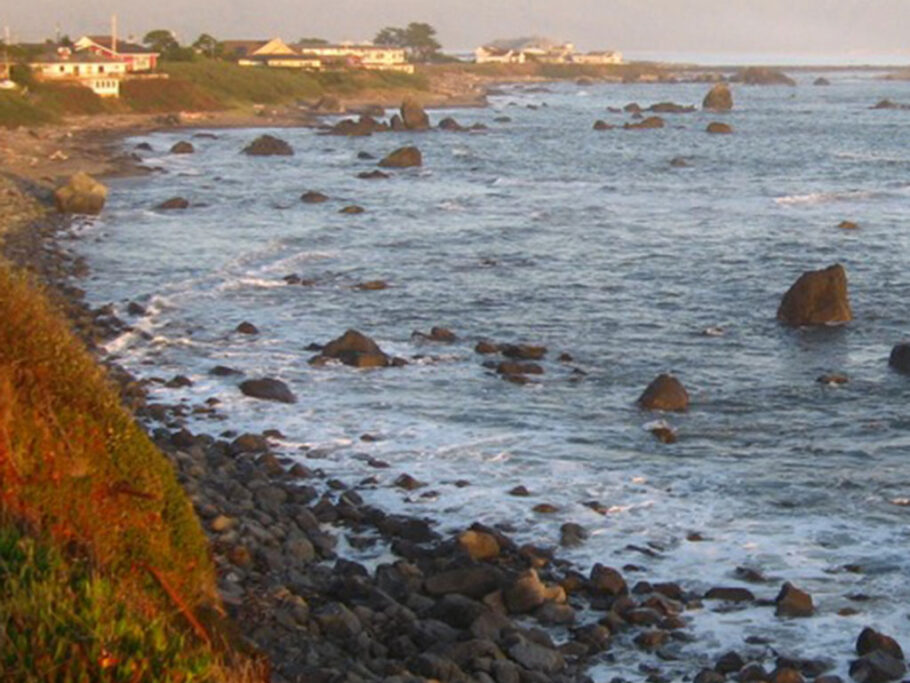The Prince Of Pastry
Pastry chef extraordinaire Amaury Guichon discusses his craft, his process, and the journey that took him from fourteen-year-old apprentice to the world’s most followed pastry personality on social media.
What was your education in France like?
I did not have very conventional teen years. I started school early, so when I reached fourteen, I graduated and started vocational school. I just randomly picked cooking and studied it for two years in Switzerland. I then came back to Paris to study pastry and fell in love with pastry.
In culinary school, life is completely different. I’d wake up on weekdays at 4:00 a.m. and weekends at 3:00 a.m. No more Sundays off, regular vacations, holidays, or birthday parties. I figured I may as well spend my time getting better at my craft.
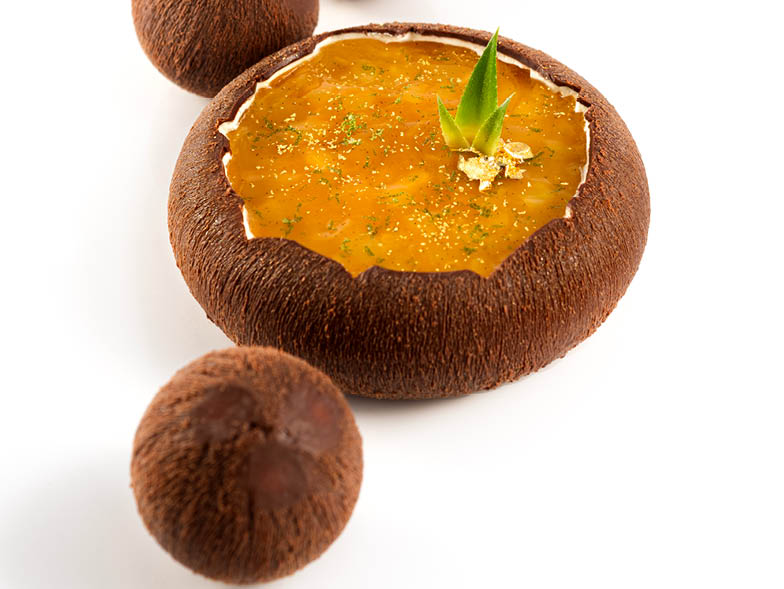
How did you become Paris’s youngest executive pastry chef at twenty-one?
During my apprenticeship years, I had done a lot of competitions, and I think that helped me stand out from other bakers my age. I was given the chance to be executive pastry chef at Hugo and Victor in Paris.
Did you always want to come to America?
That was more my father’s dream. His family was poor, and he believed that America was truly a land of opportunity. Growing up, he always talked about it, so I came to believe it. Now I see what he was talking about. Everything I did—working long hours, trying to win every competition I could—was done to build up a bigger résumé for a chance to go to the US.
You ended up in Las Vegas. Tell us how that came about:
I had participated in the very first TV pastry competition in France. One of the judges had experience in the US, so I asked him about working there. Surprisingly, the next day, I was contacted by a man from Jean-Philippe Patisserie in the Bellagio about a job. Even though my hours would be 2:00 a.m. to 2:00 p.m. and it was a lower position, I took a chance on the adventure and accepted it.
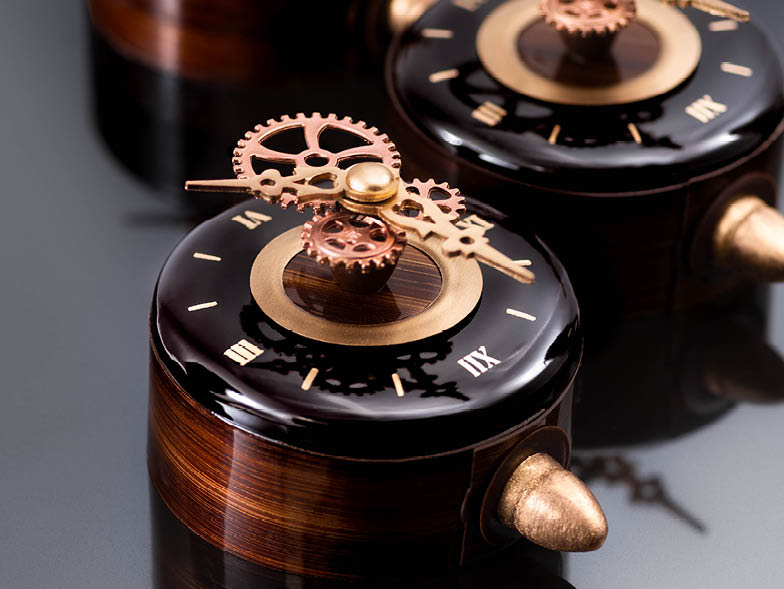
When did master classes enter the picture?
After three years at Jean-Philippe, I started posting on social media—which I believed was the future—and people started to follow me. Sometime after that, I was invited to teach a master class at a pastry school in Moscow; apparently being on that French TV competition helped me get known. It was such a great honor, especially since I was only around twenty-five.
The day after my Moscow master class was done, I received invitations from Thailand, Ukraine, and Mexico. Within no time, I had booked a full year of master classes, and my Instagram started exploding. I wasn’t expecting to teach, but I truly love it more than anything else I have done in the pastry industry.
You now have over 2.5 million social media followers and tens of millions of Instagram video views. How did this happen?
It happened really fast: within three years of being on Instagram. It just kept on growing. The more it grew, the more interesting I tried to make the content, which helped me get even more followers.
I’d started on social media, though, to raise awareness about the pastry industry—that’s why I originally created behind-the-scenes videos, which became popular. Now, more and more, people want to know who’s behind it all, and I’ve introduced myself little by little.
Tell us about the school you recently opened in Las Vegas, The Pastry Academy:
It’s a next step for me. Teaching abroad is great, but I also wanted to teach people at my own school. I have a business partner, Michel Ernots, who’s like my eyes and ears here in Las Vegas because I continue to travel—just much less, around ten to twelve times a year. I am focusing my energy here in America.

What inspires you to be creative?
Learning about pastry in France is very rigid: you must have a sponge, a cream, a texture, and so on. Decoration is always last. However, I always felt that the big difference between pastry and cooking is that we need cooking—we need to feed ourselves to survive. When you walk into a restaurant, even if it’s your first time there, you’re going to order something because you need to eat. When you go to a pastry shop, it is more of a luxury than a necessity. If you’re not visually seduced by what you see in the display case, you might not give it a chance.
So I always thought that pastries need to look as good as they taste, which led me to conceptualize and create the design first, and then the flavor and texture. That’s the interesting challenge: to create an outside shell that looks good and tastes good but also traps in the flavor and texture components.
A design can come from a technique or an idea I have. For example, liquid chocolate splatters everywhere when it spins, but if it spins on something frozen, it will crystallize at the same time—which creates small spikes. I decided to use this technique to create a Christmas tree, and that led me to choose an appropriate flavor: black forest. I also made a planet that looks like a blue Saturn. I made the core’s outer layer blueberry cheesecake and the core itself seem molten by using a blueberry compote.
Sometimes it’s reversed, and I’m inspired by flavor. Thailand has amazing tropical fruits like pineapple, mango, passion fruit, and coconut, so I made a creation that was a visual of an actual coconut—but when you cut into it, you tasted all those Thai-inspired flavors.
Do you start by sketching your creations?
Always. I don’t always rely on existing techniques, either—I’ll create my own by sketching the dessert exactly the way I want it to be, without knowing how I’m going to complete it. But I’ll keep thinking about it—sometimes for a week or two—before going into the kitchen to create it.
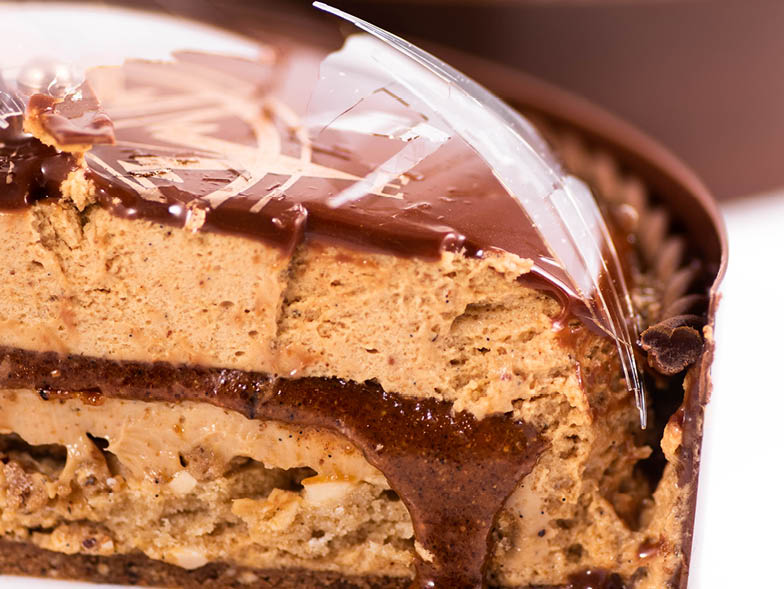
What are you focusing on now?
I like to take on one big project each year. In 2018, I focused on my book, The Art of Flavor, and traveled the world with my amazing girlfriend, Fiona, who did all the photo content in the book and does it for my social media. Now, it’s the school. It’s a much larger-scale project, and I need to focus a lot of my time on it.
What keeps you motivated to continue topping yourself?
I think you shouldn’t be overly proud of yourself. If you are, you won’t push yourself forward and you might be satisfied with things that you shouldn’t be. I think you should get just a little bit of satisfaction to keep creating and chase that feeling of accomplishment.
What has this career path meant to you?
It truly is a blessing. I try to give back as much to others as they give to me—and teaching is the best way to do that. I’m especially happy that I’m a good influence on people. I receive about a hundred messages every day on social media that say things like “Because of you, I found my passion again” or “I didn’t know what I wanted to do with my life, but now I want to be a pastry chef.” Knowing that, even in the smallest way, I help people around the world is the best reward I could ever hope for.
For more info, visit thepastryacademy.com or @amauryguichon on instagram
